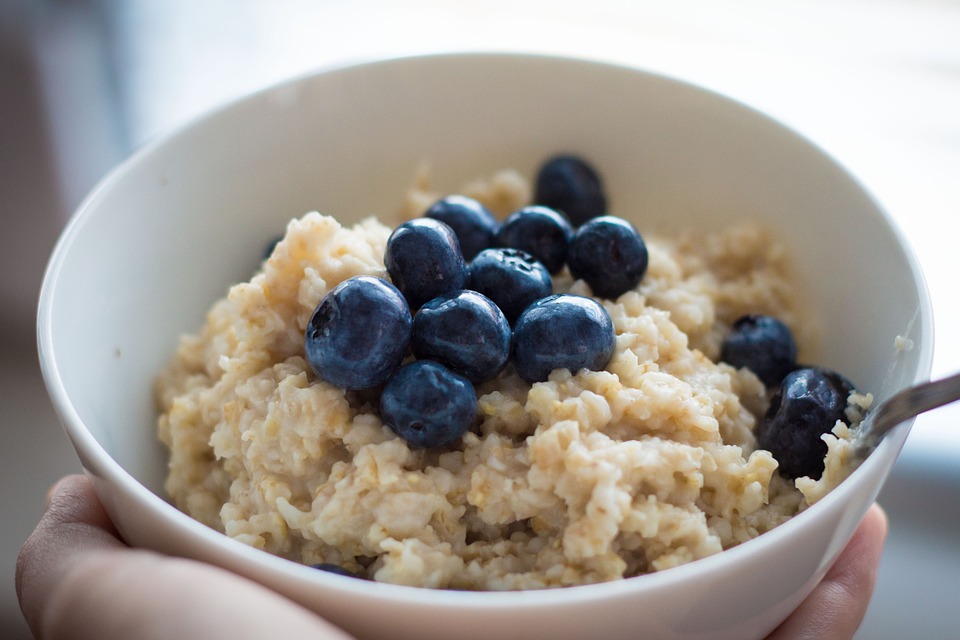
Think muesli topped with almonds, chia seeds, berries, raw sugar, honey, milk, yoghurt and whatever else ‘organic’ you can find is the breakfast of champions? Think again.
From Cocopops to Cornflakes drizzled with honey, most of the boxed cereals on the market aren’t exactly the best way to start your day. High in sugar and full of empty carbohydrates, calorie-dense cereals often leave consumers feeling full for an hour or two, but then the hunger pangs strike and make an unwelcome return.
“Many commercial breakfast cereals, including those that claim to be healthy, are very high in added sugars, honey or dried fruits,” nutritionist Kristen Beck told news.com.au
“These cereals are concentrated sources of sugar that may appear healthier, but aren’t a whole lot better.
So if you thought that fruit-fuelled bowl of muesli was off the chopping block, you may want to reassess.
“Many muesli options have a lot of added sugars in the form of either added sugars, honey, malt, molasses, dried fruits or even fruit juice as sweeteners. Toasted muesli’s also contain significant amounts of fat.
“Remember that sugar and fat tastes good, that’s why breakfast cereals manufacturers add them,” Ms Beck said.
In a bid to overturn bad eating habits and shed some unwanted kilos, food writer and author Casey Barber set herself a challenge: boot the boxed breakfast in place of a ‘homemade version.’
The result? Well, she’s already 13 kilograms lighter and feeling “a million bucks.”
Ms Barber’s problem lied in the amount of cereal she consumed on a daily basis.
“I was obsessed with boxed cereal,” she wrote for USA TODAY.
So, instead of increasing her intake to two or three bowls at one sitting, she did a breakfast blitz — culling boxes from her pantry and replacing them with jars of single ingredients
“I created a pantry “breakfast shelf” of nuts, seeds, and dried fruit to make parfaits with low-fat plain Greek yoghurt,” she wrote.
“It’s readily available, so I have no excuses — sometimes I’ll make a big batch of lightly sweetened muesli of nuts, seeds, and fruit for busy weeks, or sometimes I’ll throw a little coconut, a few cranberries, maybe some almonds into my yoghurt depending on my mood.”
But as for any meal, observing portions sizes and using a measuring system is what Ms Barber relies on to keep her breakfast bowl in check
“Don’t forget to watch your portions — I use a kitchen scale to measure — to keep within recommended calorie counts,” she wrote.
“From childhood through college through single apartment life … it was my food crutch for pretty much any meal of the day. A bowl of Mini Wheats in the morning, a bowl of Cornflakes before bed — just a little something comforting to curb the cravings.”
Ms Barber acknowledged the emptiness a bowl would leave just a few hours after consuming, even when it came to a whole grain options.
Since giving boxed breakfast the boot, Casey counts calories and works out 4-5 times a week. As well as dropping the weight, she is also able to run 10km.
“I really like [Casey’s] new approach to a breakfast shelf,” Ms Beck said.
“Although I would recommend fresh, rather than dried fruit as dried fruit has a lot more concentrated sugar and is less likely to fill you up.
“If you do decide to ditch the breakfast cereal and make your own, remember to keep control of your portions — even those amazing smoothie bowls will often pack in way too many kilojoules if you are hoping to lose weight, simply due to their massive portions.”
“My own breakfast normally consists of a piece of fresh fruit, some raw, mixed nuts (about 20g) and either some Greek yoghurt or a latte, which is basically half a serve of dairy.
The recommended dietary intake for grains is six servings of 75g each day, which applies to both men and women over the age of 19.
If you are hesitant on breaking the bond with your favourite cereal, here’s how you can make a healthier choice when venturing in to the breakfast aisle of your supermarket.
“If you are sticking to ready-made breakfast cereal, the new Health-Star Rating is certainly making it easier,” Ms Beck said.
“Look for four-plus stars as a minimum, as the health star rating is an independent ranking of the overall nutritional quality of the product.
“The thing to remember however is that the health star rating only compares foods in the same category (e.g. breakfast cereals) but does not compare across to other breakfast options like fruit, yoghurt, nuts, eggs and whole grain toast.
“Rolled oats or porridge still the best cereal option, because they are high in fibre, reduce cholesterol reabsorption, and provide a long lasting source of energy.”
Source: Body + Soul
